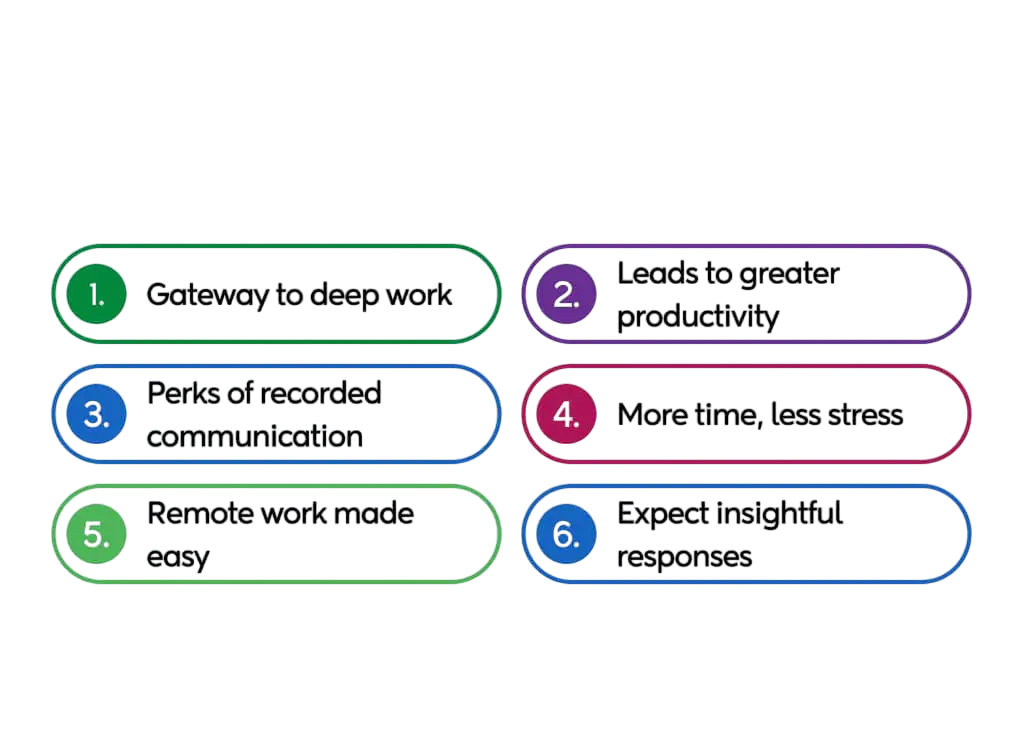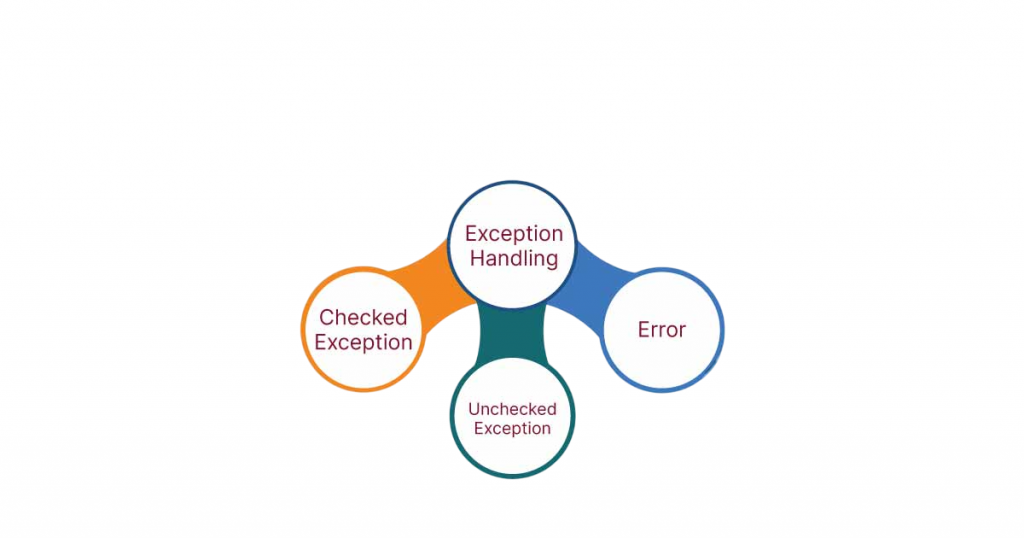
- Introduction to Asynchronous Programming
- Benefits of Async Operations
- The async and await Keywords
- Tasks and Threading in C#
- Common Patterns and Use Cases
- Exception Handling in Async Code
- I/O-Bound vs CPU-Bound Tasks
- Deadlocks and Synchronization
- Conclusion
Introduction to Asynchronous Programming
Asynchronous programming is a programming paradigm that allows code execution to continue without waiting for operations to complete. In C#Asynchronous programming is essential for building responsive applications, especially when dealing with I/O-bound operations such as reading files, accessing databases, or calling web APIs. Traditional synchronous code blocks the main thread, which can lead to unresponsive applications, Full Stack Training especially in UI and web environments. Asynchronous programming allows a program to remain responsive while waiting for long-running tasks to complete. Asynchronous programming is a programming paradigm that allows tasks to run independently of the main program flow, enabling efficient handling of operations that might take time to complete, such as file I/O, network requests, or database queries. Unlike synchronous programming, where each task blocks the execution until it finishes, asynchronous programming lets the program continue running other tasks while waiting for the long-running operations to complete. This approach improves application responsiveness and resource utilization, especially in environments like web servers or user interfaces where waiting for operations can cause delays. Common techniques for asynchronous programming include callbacks, promises, and async/await syntax, making it easier to write non-blocking code.
To Earn Your Web Developer Certification, Gain Insights From Leading Data Science Experts And Advance Your Career With ACTE’s Web Developer Courses Today!
Benefits of Async Operations
The primary benefits of asynchronous programming in C# include:
- Improved Performance: Allows multiple tasks to run concurrently, maximizing resource use.
- Better Responsiveness: Keeps applications (especially UIs) responsive by avoiding blocking operations.
- Efficient Resource Utilization: Backtracking Programming Frees up threads to handle other tasks while waiting for slow operations (e.g., I/O).
- Scalability: Helps servers handle more requests simultaneously without needing additional threads.
- Simplified Error Handling: Modern async patterns (like async/await) make managing errors in asynchronous code easier.
- Enhanced User Experience: Prevents freezing or lagging in applications by running heavy tasks in the background.

The async and await Keywords
In C#, asynchronous programming is supported by the async and await keywords introduced in .NET Framework 4.5.
async is used to define a method as asynchronous. Such methods typically return Task, Task
Example:
- public async Task
GetDataAsync() - {
- HttpClient client = new HttpClient();
- string result = await client.GetStringAsync(“https://api.example.com/data”);
- return result;
- }
Here, the await keyword asynchronously waits for the HTTP response without blocking the current thread.
Would You Like to Know More About Web Developer? Sign Up For Our Web Developer Courses Now!
Tasks and Threading in C#
The Task class in C# represents an asynchronous operation. It is part of the Task Parallel Library (TPL) and provides a convenient way to work with asynchronous operations.
- Task is used for operations that do not return a value.
- Task
is used for operations that return a value of type T.
You can create tasks manually or use async methods that return tasks:
- Task.Run(() => DoWork());
Tasks can be chained using ContinueWith, and awaitImproved Performance: Allows multiple tasks to run concurrently, Full Stack Training maximizing resource use.
- Better Responsiveness: Keeps applications (especially UIs) responsive by avoiding blocking operations.
- Efficient Resource Utilization: Frees up threads to handle other tasks while waiting for slow operations (e.g., I/O).
- Scalability: Helps servers handle more requests simultaneously without needing additional threads.
- Simplified Error Handling: Modern async patterns (like async/await) make managing errors in asynchronous code easier.
- Enhanced User Experience: Prevents freezing or lagging in applications by running heavy tasks in the background. using await for better readability.
Common Patterns and Use Cases
Some common use cases for asynchronous programming include:
- File I/O operations
- Network calls and web API access
- Database queries
- Background data processing
- Periodic tasks using timers
- Async/Await: Most widely used for clarity and readability.
- Event-based async pattern (EAP): Older pattern using events.
- Asynchronous programming model (APM): Legacy pattern using Begin/End methods.
Common patterns:
Modern applications favor the async/await pattern due to its simplicity and clarity Polymorphism in C++.
Are You Interested in Learning More About Web Developer? Sign Up For Our Web Developer Courses Today!
Exception Handling in Async Code
Exception Handling in Async methods need to be handled using try-catch blocks within the async method. If the exception occurs in an awaited task, Height of a Tree it propagates to the caller and can be caught using await.

Example:
- public async Task
FetchDataAsync() - {
- try
- {
- HttpClient client = new HttpClient();
- return await client.GetStringAsync(“https://api.example.com/data”);
- }
- catch (HttpRequestException ex)
- {
- return null;
- }
- }
Unhandled exceptions in async methods that return Task will result in faulted tasks. Use .Exception property to inspect them.
I/O-Bound vs CPU-Bound Tasks
Understanding the type of task is crucial:
- I/O-bound tasks: Involve operations like network calls or file access. Use async/await to release the thread while waiting C Programming Examples.
- CPU-bound tasks: Involve computations. Use Task.Run to offload heavy computations to background threads.
Example:
CPU-bound
- await Task.Run(() => PerformCalculation());
I/O-bound
- await FetchDataAsync();
Using the wrong approach can lead to performance issues and inefficient thread usage.
Deadlocks and Synchronization
Improper use of async code can lead to deadlocks, especially in UI applications Minimum Spanning Tree. A common cause is blocking on async code using .Result or .Wait():
BAD – can cause deadlock in UI context
- string result = GetDataAsync().Result;
To avoid deadlocks:
- await SomeAsyncMethod().ConfigureAwait(false);
This helps in preventing synchronization issues in UI and server-side applications.
Conclusion
C# asynchronous programming using async and await provides a powerful model for building efficient, responsive, and scalable applications. Whether you are handling I/O-bound or CPU-bound operations, Full Stack Training leveraging asynchronous techniques helps avoid thread blocking, Benefits of Async Operations, ensures better resource utilization, and improves user experience. By following best practices and understanding common pitfalls, developers can write clean, maintainable, and high-performing asynchronous code.





